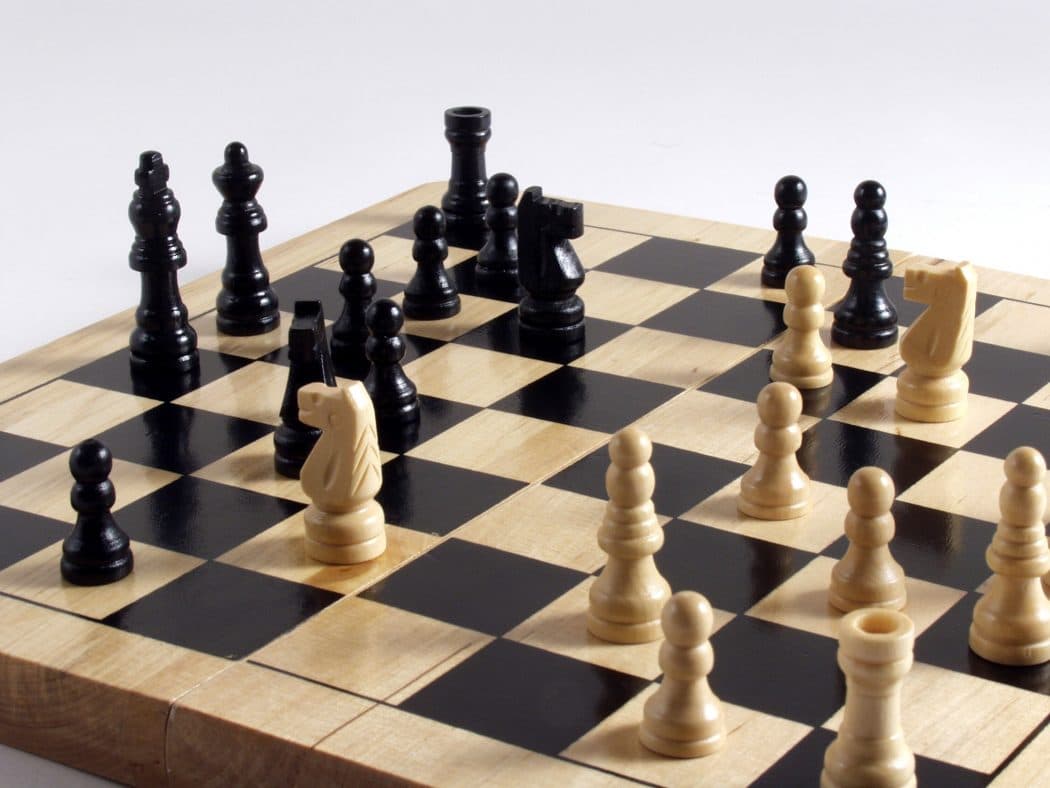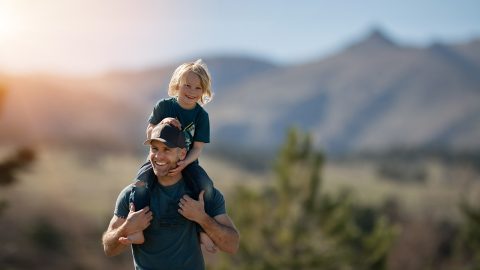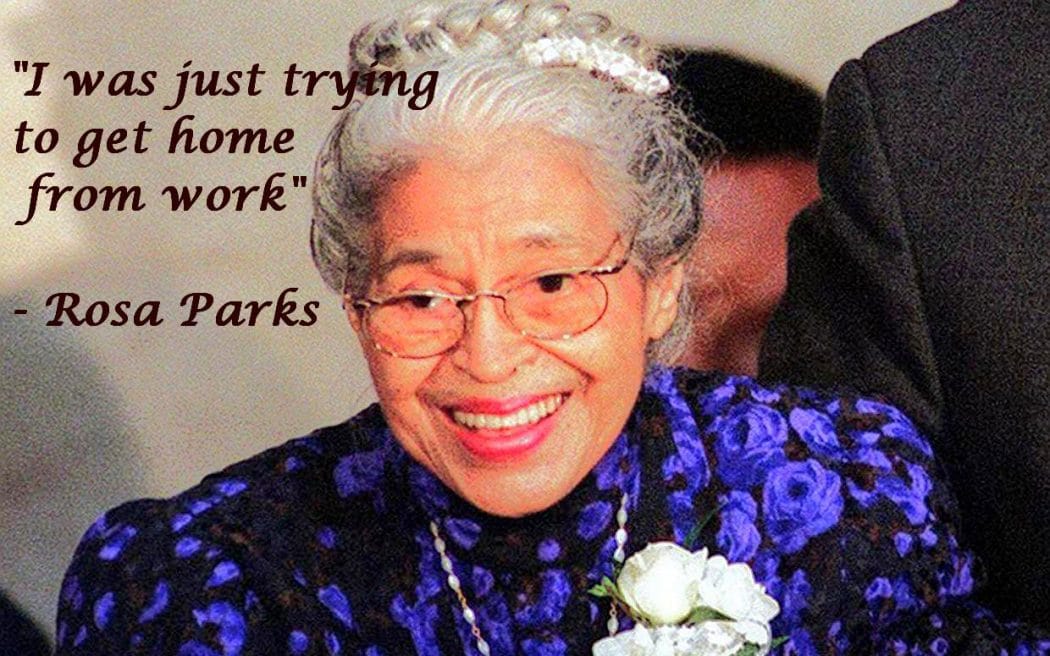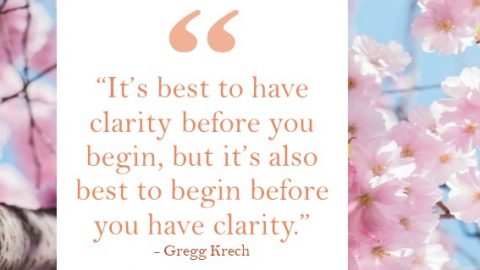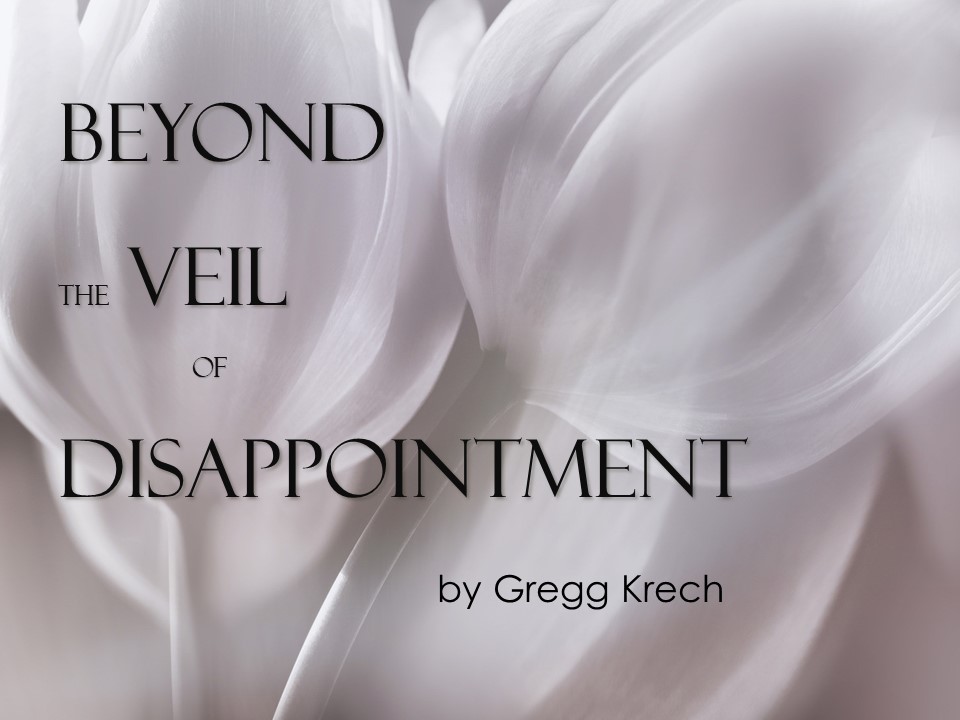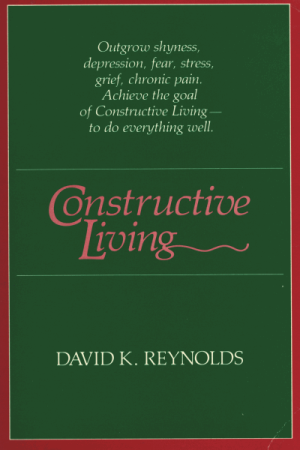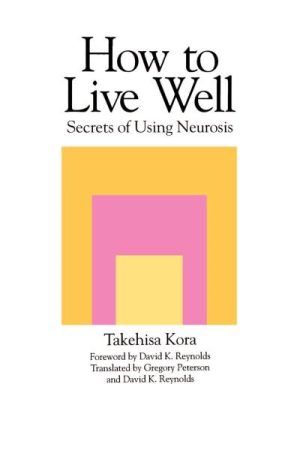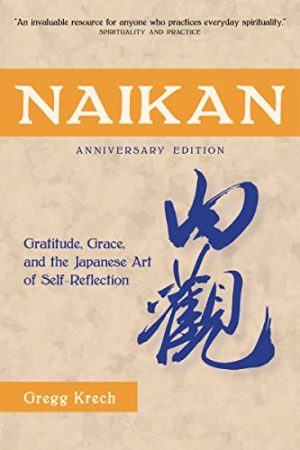One of the most common questions I ask my family is,
“What was the highlight of your day?”
When I ask my oldest daughter (age 16) this question on our drive home from school there’s often a long pause as she replays the day’s film on the screen of her mind. And then she tells me a story. It usually has some humor in it. Sometimes there are boys involved. And generally the timeframe for the story (not her retelling of it, but the actual time it took to happen) is under five minutes.
Then she asks me the same question. I offer her my own story. Sometimes it’s humorous. Often it’s about something that happened when I was outside. Usually there aren’t boys involved, but sometimes it involves squirrels, birds or our Golden Retriever. And the experience itself is almost always less than five minutes long.
The highlight of my day is almost never something I watched on a screen (computer, TV or tablet). It almost never involves thinking, ruminating or planning. It always involves noticing. And presence. My highlights are moments when I’m right there – looking, watching, listening, maybe even participating directly in the activity.
a good day is just a collection of moments and experiences. And the experiences, when they’re highlights, often last just a moment or two
Just like you, I have days I think of as “bad days.” They are days which have lots of “lowlights” and are seldom humorous. They may involve computer problems, car problems, marital problems, parenting problems, health problems, and just about anything that doesn’t go according to my hopes and expectations. The problem is that on most days, most things don’t unfold according to my hopes and expectations. Actually the REAL problem is that I tend to label such days as “bad days.” By that standard, most days are bad days. Actually, those days aren’t bad – the standard is bad.
But the formula for a good day is really quite simple. Just look at the characteristics of your own highlights. Humor, beauty, activity, presence and awareness. We want to have a good day, but a good day is just a collection of moments and experiences. And the experiences, when they’re highlights, often last just a moment or two. So the formula for a good day involves moments rather than days. It involves presence rather than productivity.
If we can have a highlight or two in a day, we can have a good day. Even when those highlights are overshadowed by problems, they remind us that life is a gift and that joy exists even we’re having a rough time. That’s how people find joy during war. We don’t need to have a truckload of highlights to make a good day. We only need one highlight to make it a good day. Two are amazing.
These highlights happen to us — so in a sense, they’re grace. But we also make them happen by what we bring to the encounter. So if you want to increase the chances of having a highlight in your day, here’s what you can bring with you:
-
Connection – with people, nature, beauty, animals, plants, music, etc . . .
-
Presence – notice, be aware, listen, get out of your mind and into your surroundings
-
Curiosity – Investigate, explore, use your senses
-
Humor – look for something funny
-
Kindness – the virtue which reminds you that you’re not the center of the universe
That’s it. It all fits into a picnic basket. Get out into the world and see what happens. Maybe you’ll have an experience. Maybe that experience will become a highlight. And maybe that highlight (or several) will make it a good day.
So here’s your challenge. Take the opportunity to highlight a few moments of your day. And tonight, when you’re talking with your family or friends, casually ask them what the highlight of their day was. It makes for a much more enjoyable conversation than exchanging complaints.
Highlights offer less drama than complaints. But more joy.
Gregg Krech is the author of Gratitude, Grace and the Japanese Art of Self-Reflection (Stone Bridge Press) and a leading expert in Japanese Psychology. He will be teaching the distance learning course, Working with Your Attention, which begins on Tuesday, April 1st (no foolin’).
Working with Attention
Photo Credit:
Trey Ratcliff



